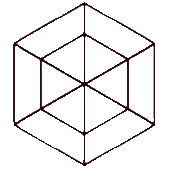708 words
Parent: T.00_ED_TEXTUAL HOLOGRAM: PRESENTATION
GHOST TIME
Source: Elie During, “What Do Cities Dream Of? The Ghosts of the Metabolism”, in Pierre Jean Giloux, Invisible Cities, Paris, Zéro2 éditions, 2018.
The city dreams with open eyes. But of what might it dream, if not electric architectures? The city always dreams of other possible cities: not of the fantasized future city (Tokyo 2020, postponed to 2021, 2022…) but of other present cities that are so many constructed variants in a time parallel or perpendicular to our own. Isozaki’s aerial city, the underwater cities conceived by Tange, Kurokawa or Kikutake for Tokyo Bay, the prototype of a future city presented in Osaka for the Expo of ’70, all of these urban extensions were not simply possible in terms of ideas, but were actually projected in numerous ways on to sensible supports (drawings, photographs, plans and scale models) to the point of acquiring the density and evidence of monuments just as real in their own way as the Umeda Sky Building, which looks like an orbital station, designed by Hiroshi Hara in the middle of Osaka (Invisible Cities #4). These architectural ghosts nonetheless remain without a defined location, destined to unfold their existence only in the dimension of time—but also, in the same instance, destined to never pass on, to incessantly return and to restlessly interfere, intact, at the heart of the production of the present.
If ghosts are mentioned in connection with the city, it is generally so in order to speak of the spirit of places. Architectural memory attached to these places wilfully assumes a stratigraphic form. A vast palimpsest saturated with signs, the city calls for a reading or a decoding. The metaphor of the unconscious developed by Freud apropos of the city of Rome offers a powerful antidote to this archaeological compulsion: the urban dream here attains its spatial limit whenever historical time, deployed all at once like a fan, telescopes together the various time periods and reveals, within a state of superposition, the successive states of the city stacked upon each other in transparency (Civilization and its Discontents, p. 32-33.). As fascinating as it is, this point of view nonetheless still turns out to be insufficient for grasping what is truly at play here.
On one hand, we have post-modern reverie: an architectural unconscious that would know neither time nor erosion, or rather that would not recognize in the irreversible succession of eras the imperious character that it assumes in diurnal experience. On the other hand, there is a proliferation of traces, memories, texts and documents that testify to the futurist projections and the grand utopias of the past, duly consigned and presented to the gaze of the historian. These two perspectives are equally inadequate when it comes to the spectral persistence of an architecture that presents itself, from the outset, as an architecture of the future. Retro-futurism obeys entirely different principles than those of the imaginary museum or archaeological vestiges. Isozaki understood this well, explaining that the ideal form of the future city was the ruin. This identification of the ruin with the dimension of the future strips the ghost of its status as a revenant. Or to be more precise, if the ghost returns to visit us, it is from an indeterminate future, suspended between two epochs, in a time without origin, a time that does not flow but piles up on to itself and whose depth grows in all directions.
Similarly, the ruin is not the apocalyptic announcement of an imminent end, but the obscure sign of the end of all ends, of what Derrida described as the “closure without end”. It does not designate the achievement or the exhaustion of the process but a constitutive dimension of the process itself. Thus, the cloud-time evoked above associates with the irreversibility of entropic phenomena the floating character of a swirling duration, incessantly bifurcating and whose cross-sectional viewpoints open up, here and there, perspectives on to a “vertical” or pluridimensional time: something like the space of phases in which all virtual states of the process coexist and are superimposed upon one another.
Links
︎ egs.edu/biography/elie-during ︎ parisnanterre.fr/m-elie-during--697698.kjsp
From the same writer
T.00_ED_TEXTUAL HOLOGRAM: PRESENTATION T.01_ED_FOLDS AND PIXELS T.02_ED_DIGITAL SUBLIME T.03_ED_MATHEMATICAL SUBLIME T.04_ED_IMMANENT SUBLIME T.05_ED_NEXUS T.06_ED_KINKED CLASSICISM T.07_ED_LOOSE COEXISTENCE T.08_ED_FLOATING TIME T.09_ED_FLOATING SPACE T.10_ED_RETRO-FUTURES T.11_ED_EXITING VIRTUAL REALITY T.12_ED_BULLET TIME T.13_ED_GHOST TIME T.14_ED_SUBLIMINAL TIME T.15_ED_DIAGRAMS OF COEXISTENCE T.16_ED_VOLUME-IMAGE T.17_ED_VERTICAL TIME T.18_ED_TURNING MOVEMENTS T.19_ED_SUPERTIME T.20_ED_PROTOTYPE T.21_ED_ZERO-G ARCHITECTURE T.22_ED_SHOCK SPACE T.23_ED_TRANSPARENCY






